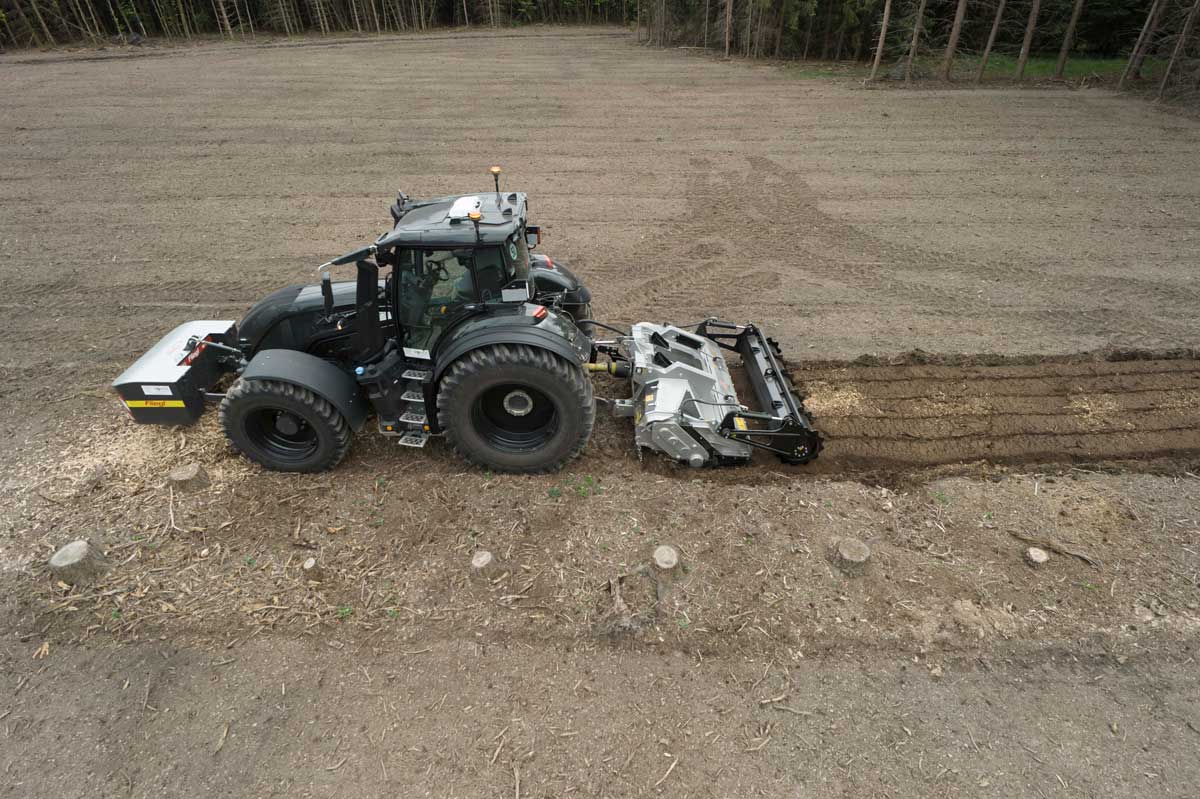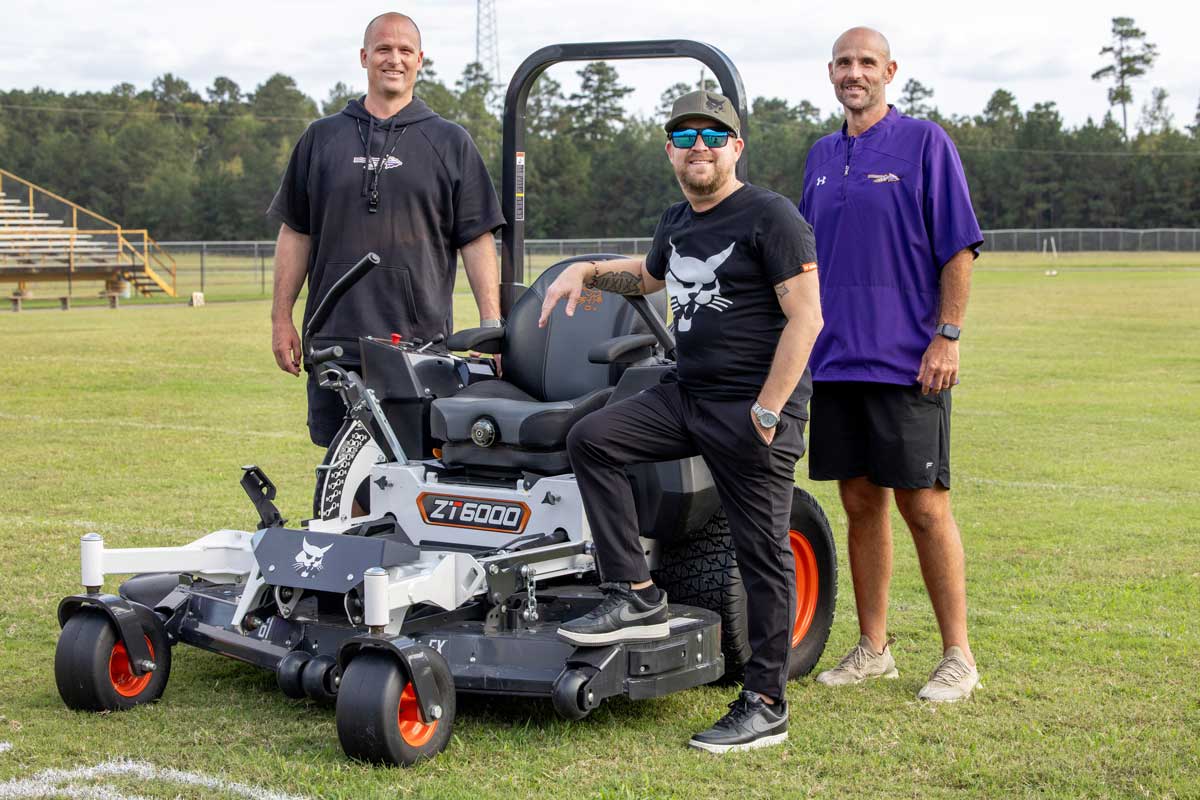Keep Your Skid Steer Rental Running with Careful Upkeep and Operation
It is no secret in our industry that rental customers push their equipment harder than operators who purchased their own equipment. Rental houses have come to expect this, and some machines are simply meant to work harder and be put to the test, like skid steers. A skid steer is of great value to any jobsite; however, like any piece of equipment, it needs to be properly maintained. Any downtime is lost time, even being out of service for a few hours could ultimately be the difference of a job being right on budget or going over budget.
Generally speaking, both short-term and long-term renters are responsible for greasing, checking fluid levels (coolant, engine oil and hydraulic oil) and fueling the machine. Working hand in hand with your equipment supplier and reading the operator’s manual — even if it is only the safety and control sections — are always good practices before starting up your newly rented skid steer.
One of the things to keep in mind as emissions play a bigger role in skid steers or any type of rental equipment is emissions strategy and emissions after treatment devices. This will affect not only maintenance, but also operating practices. For instance, a skid steer or track loader that uses a diesel particulate filter (DPF) will be sensitive to prolonged idling or light usage, whereas the key for any application is to work the machine hard and not let it idle. That will be significant in promoting uptime for the machine.
Operators who are not yet completely accustomed to the new emissions standards may not be familiar with those types of indicator lights, so reading and understanding the operator’s manual will become a big factor as it will highlight the indicator lights and their meanings. So, make sure to always have the operator’s manual within reach to quickly reference anything that is going on with the machine.
While maintenance will differ depending on the skid steer manufacturer, spend at least a few minutes each day checking fluid levels,
greasing all the lubrication points, checking that filters are installed properly and inspecting any damaged hoses or components. It is also a great opportunity to inspect tire condition and inflation pressure (especially in extreme weather conditions).
Ensuring tires have the proper air pressure is important as they are the only cushion between the ground and the skid steer. While operators may not need to check the actual pounds per square inch (psi) of air every day, they should do a quick visual check for over or underinflated tires as well as the condition of rims and tires for any signs of damage as these are potential warning signs of items that may cause downtime on your job. Overinflated tires can cause reduced traction and a rougher ride due to excessive bounce while underinflated tires have less load carrying capacity, are more prone to damage and may indicate a leak.
There are generally daily and weekly maintenance requirements for the operator. If you have a long term rental, you also need to be aware of the major service intervals and notify your equipment supplier when the maintenance interval is near. While some dealers may be on a slightly different schedule, a common interval is every 250 hours, but you can always contact the rental company or reference the service interval requirements found in the operation and maintenance manual.
Skid steers are meant to work hard, and while rentals are typically pushed even harder than contractor-owned machines, a few daily preventive measures will go a long way toward maintaining uptime on the jobsite.





Comments are closed here.